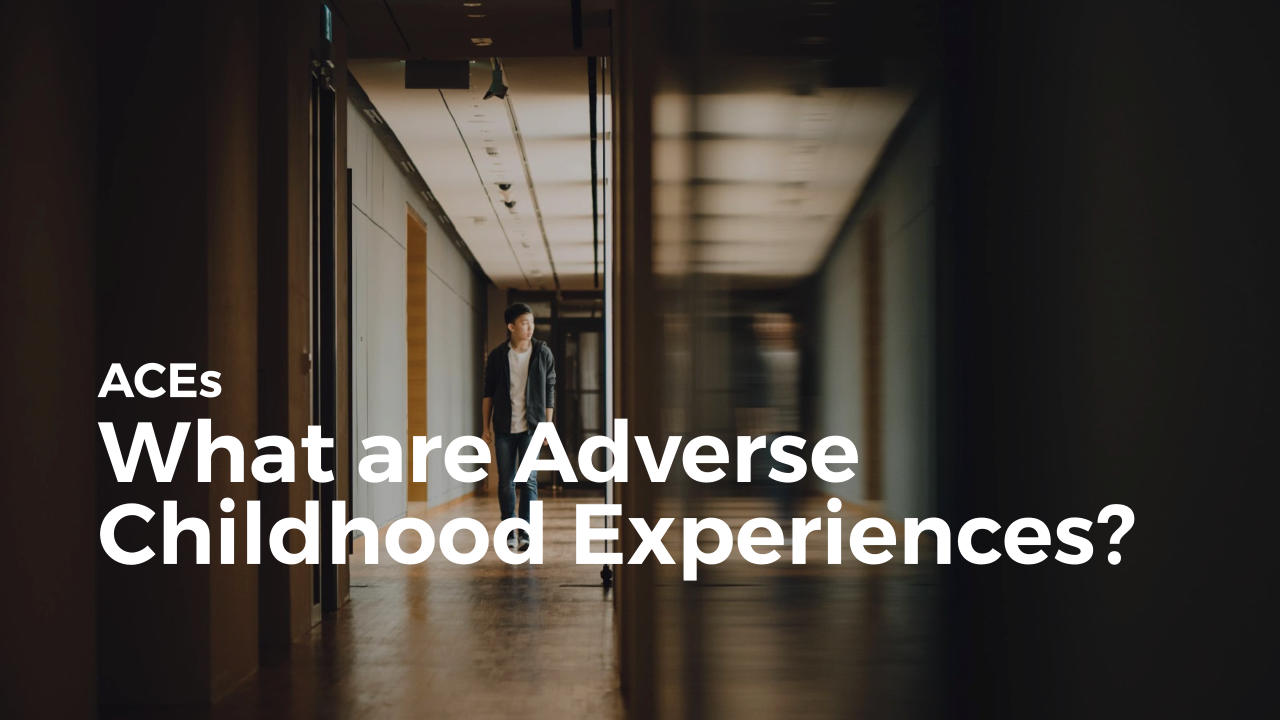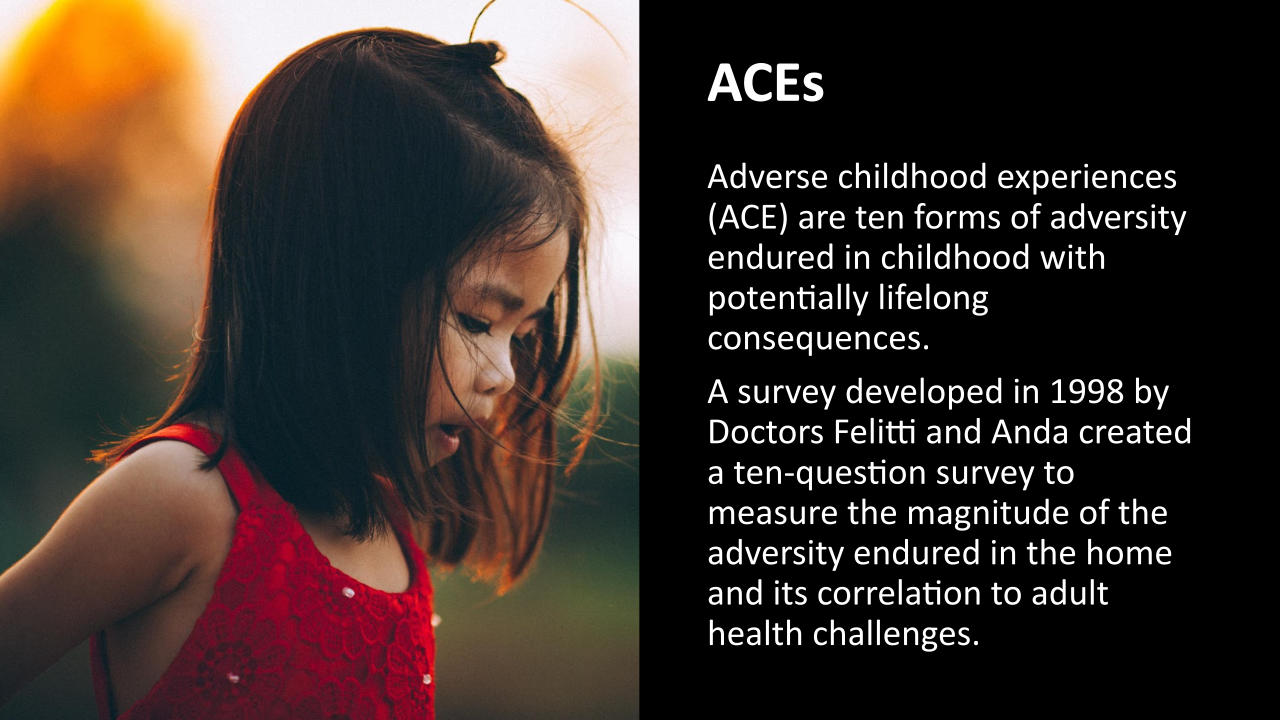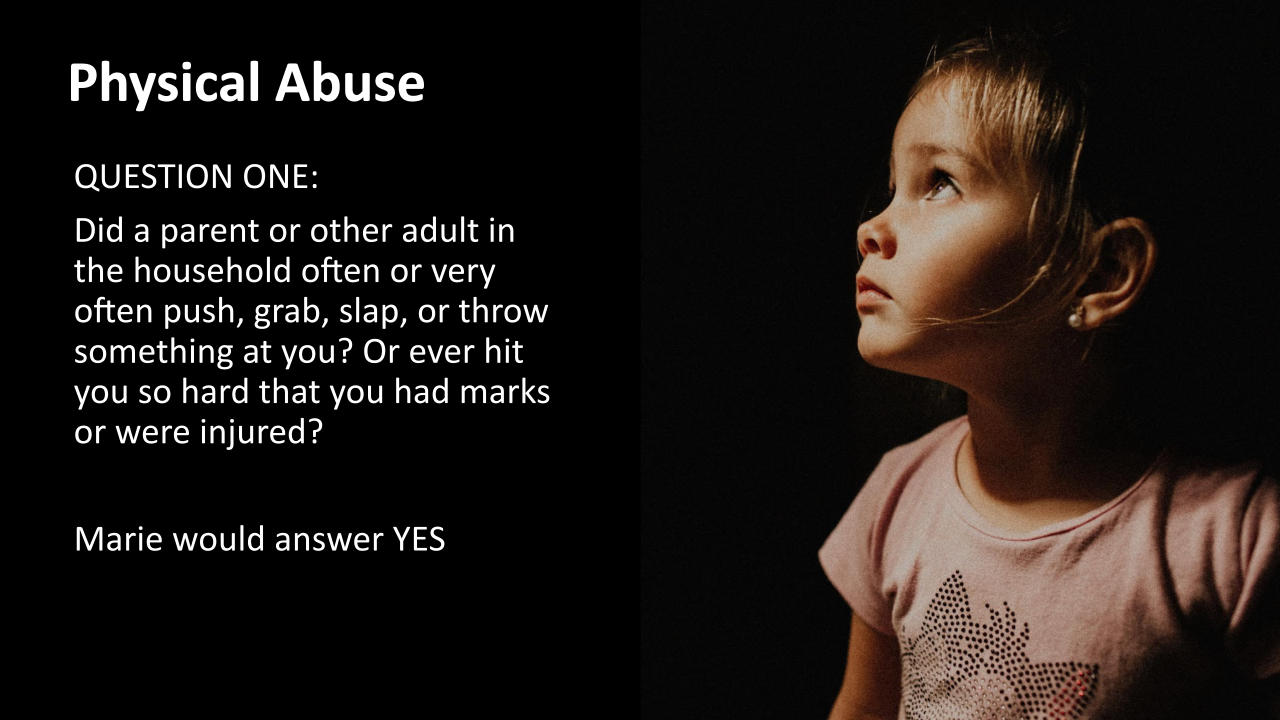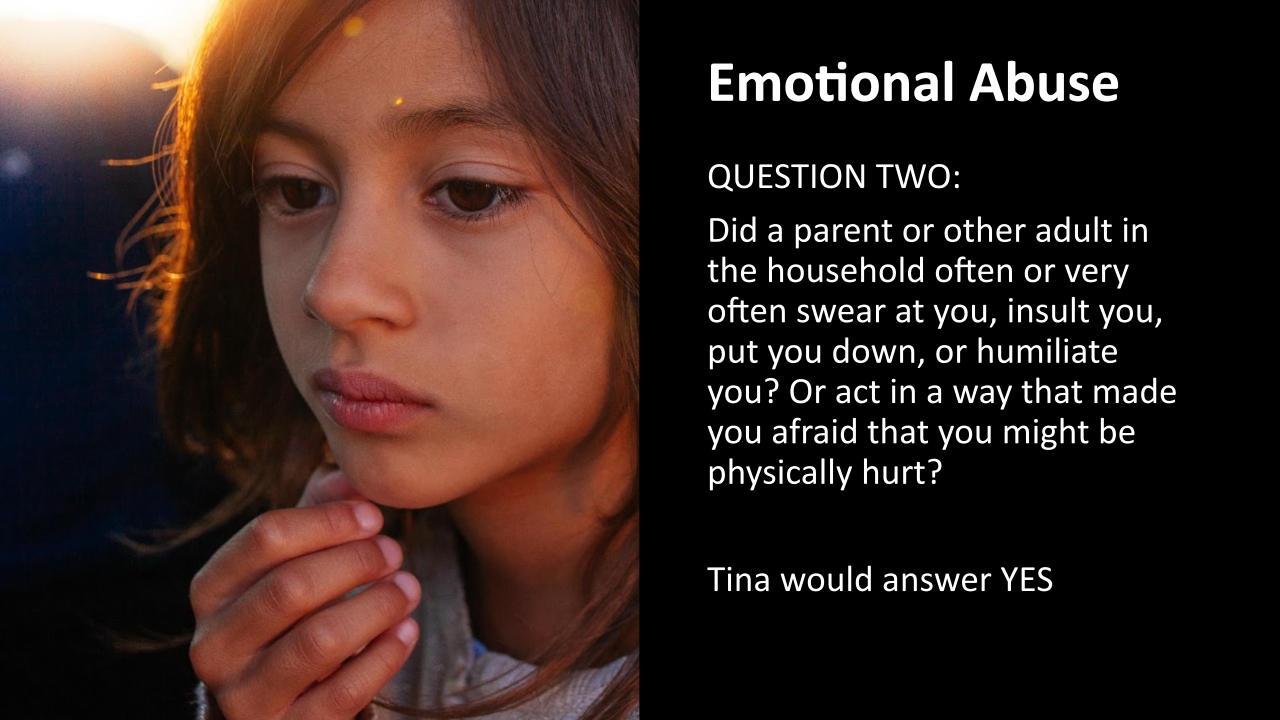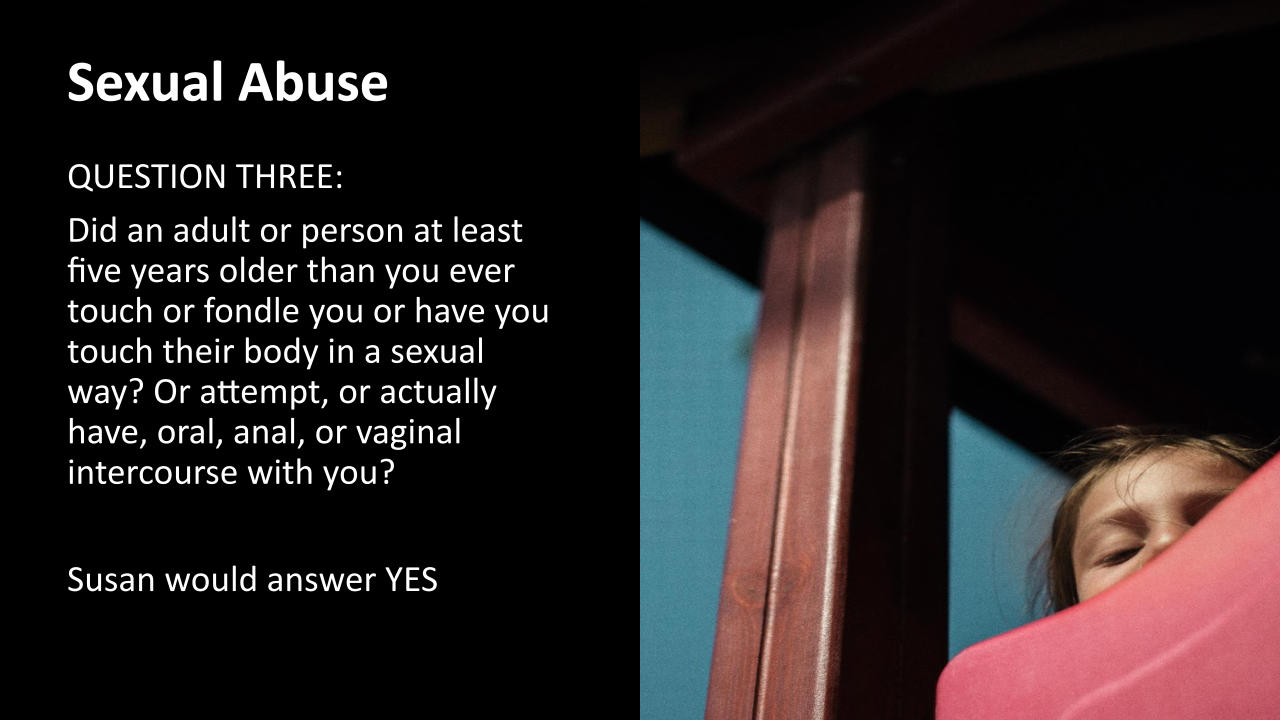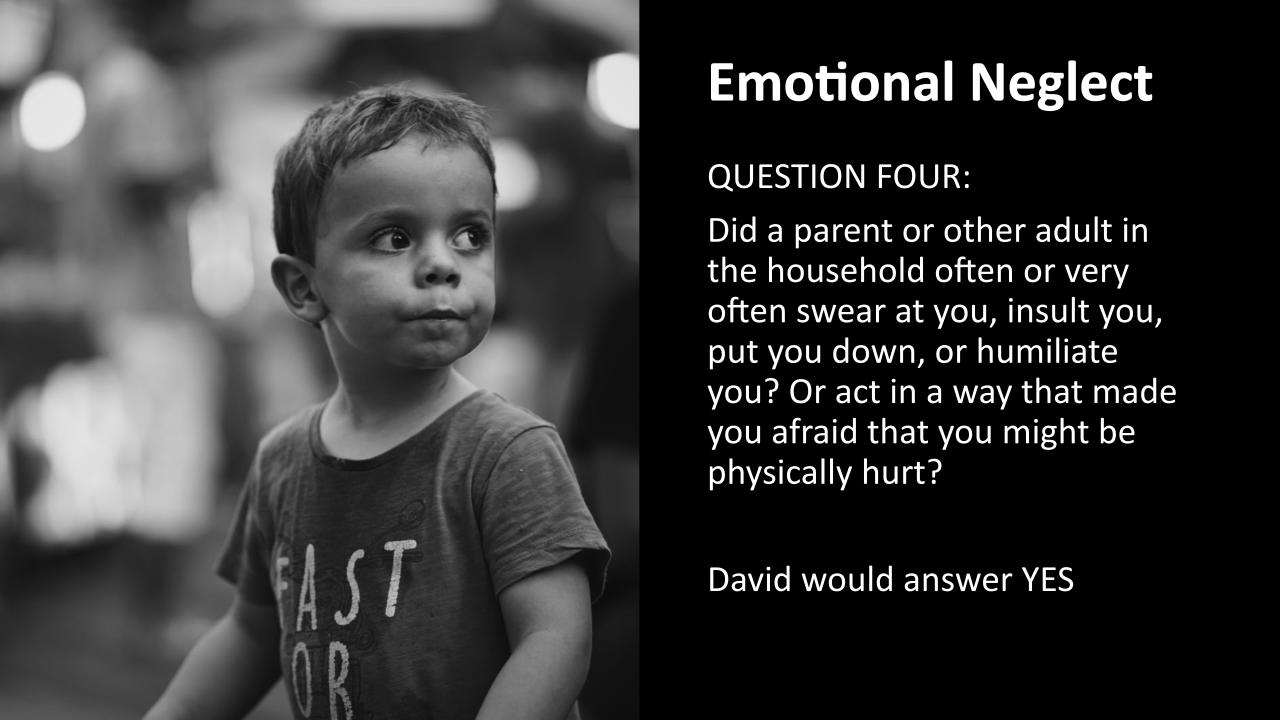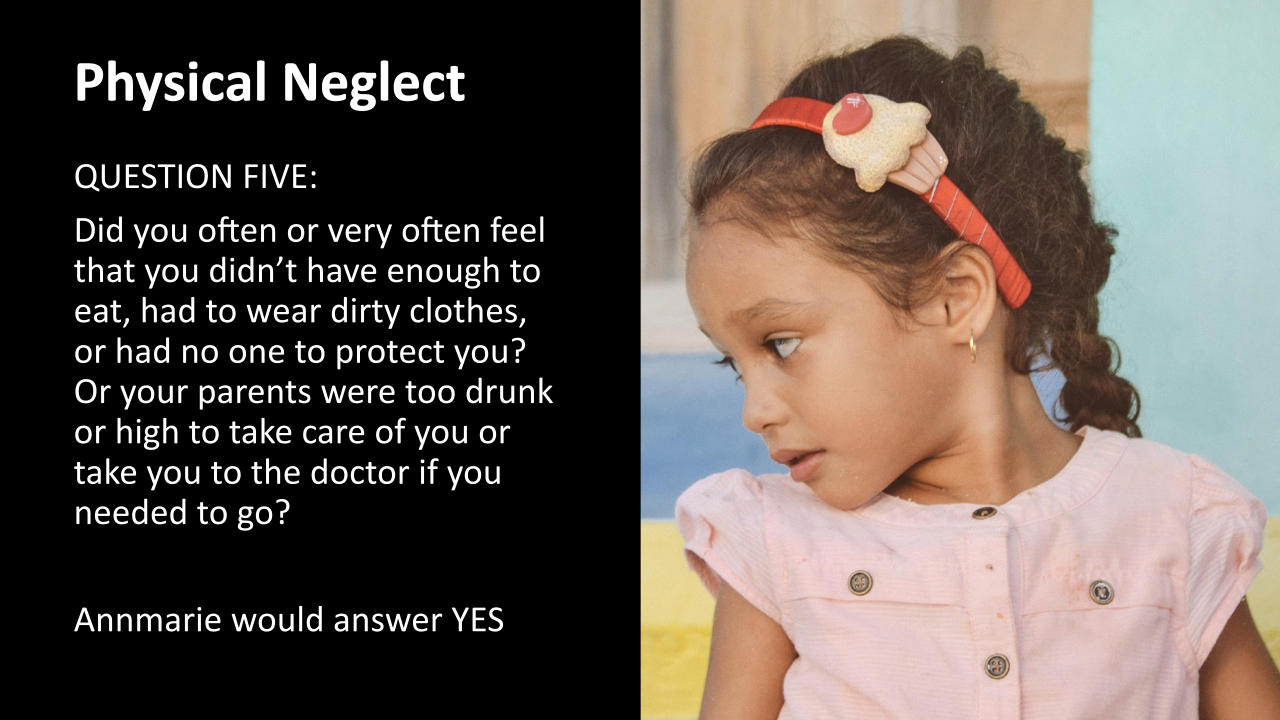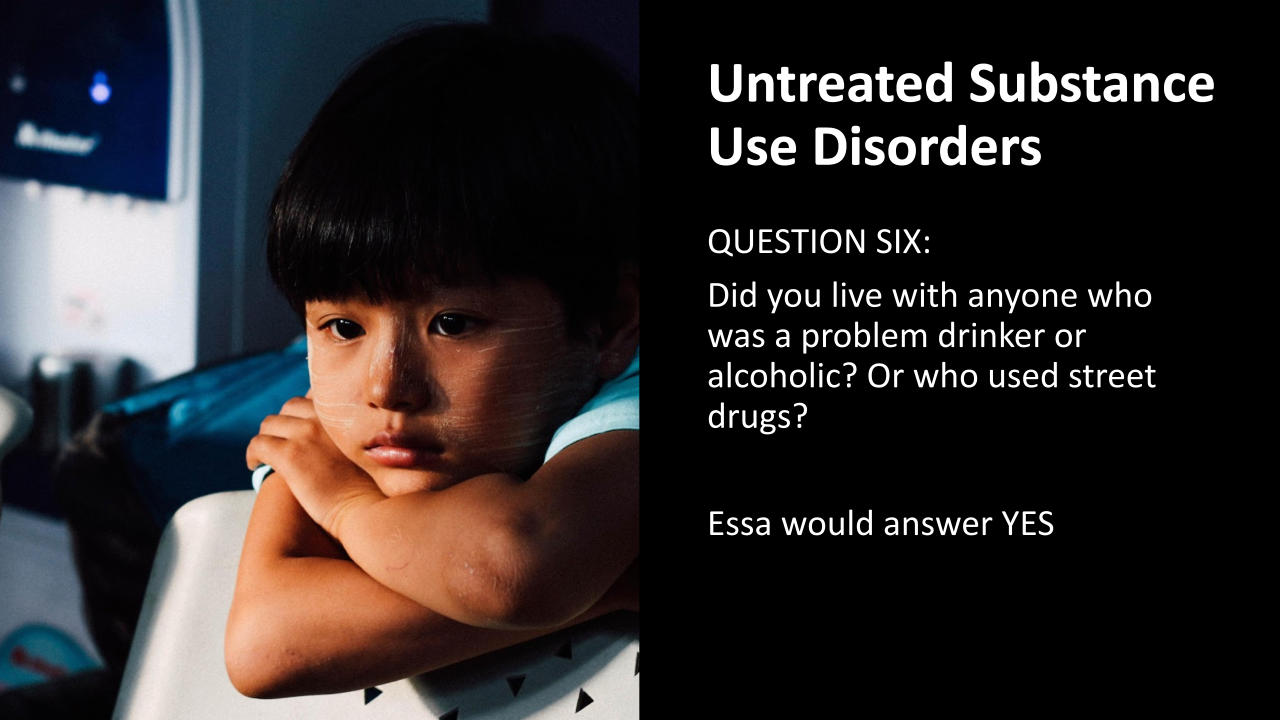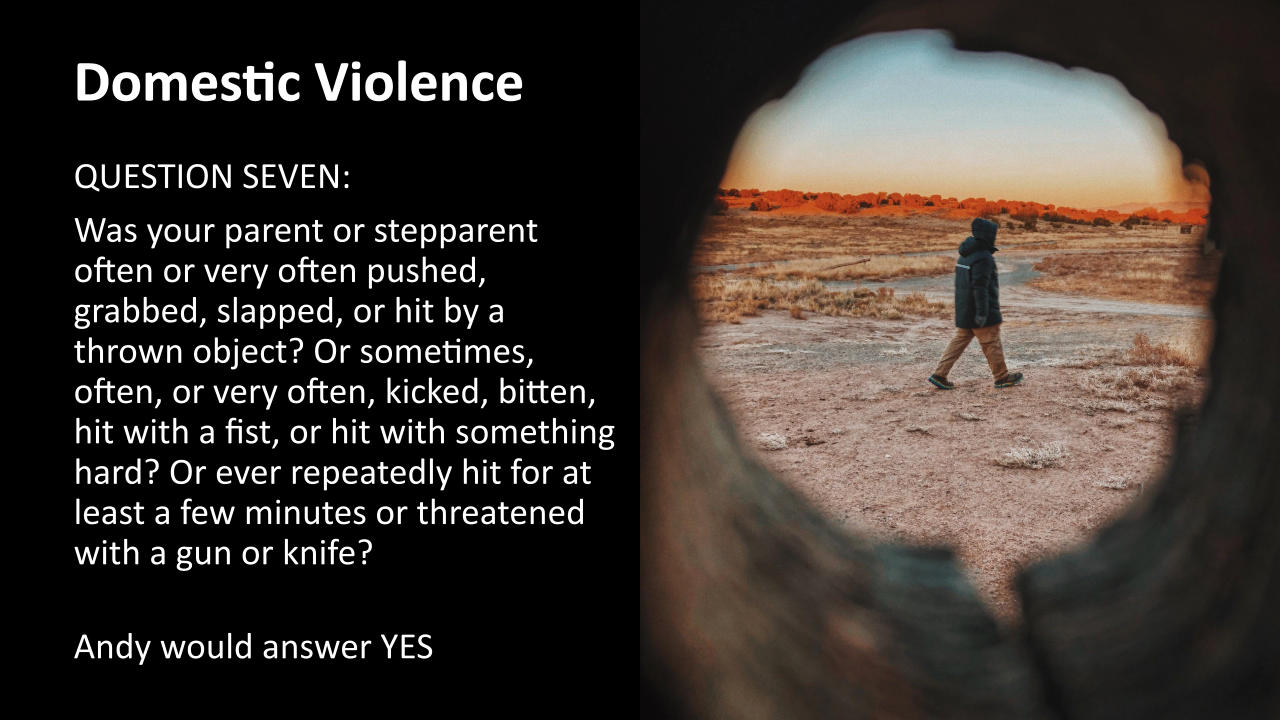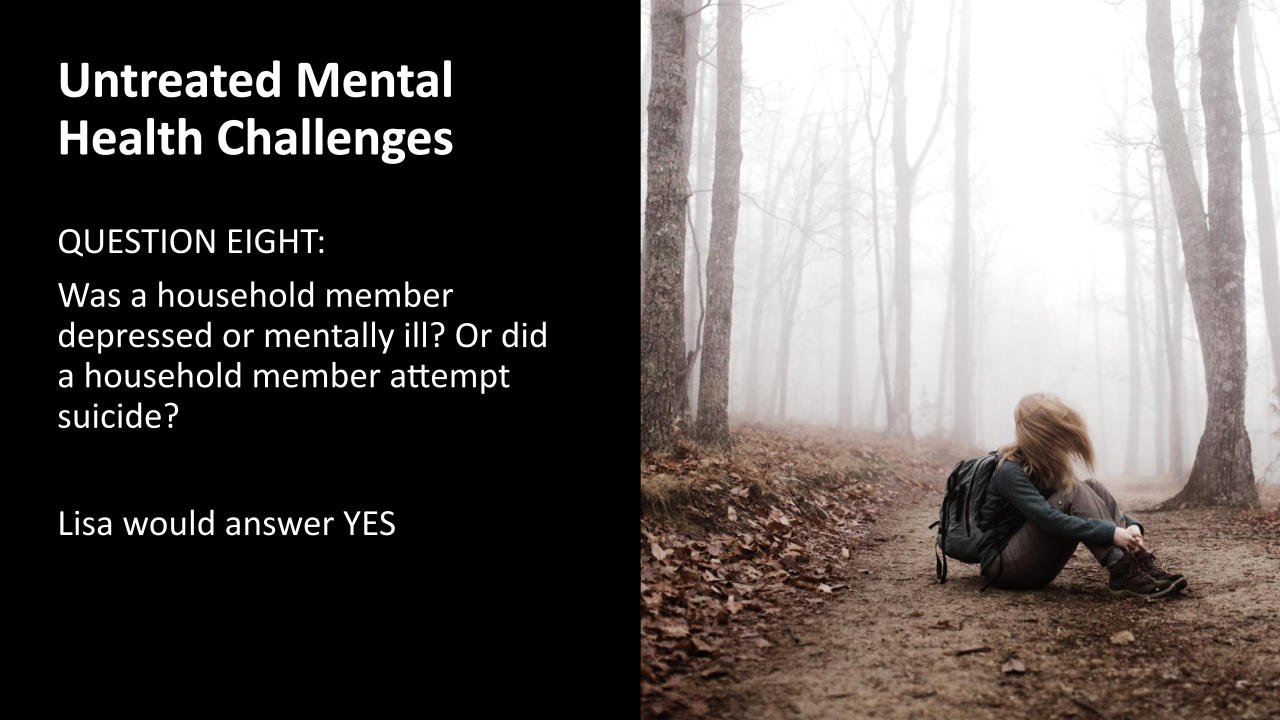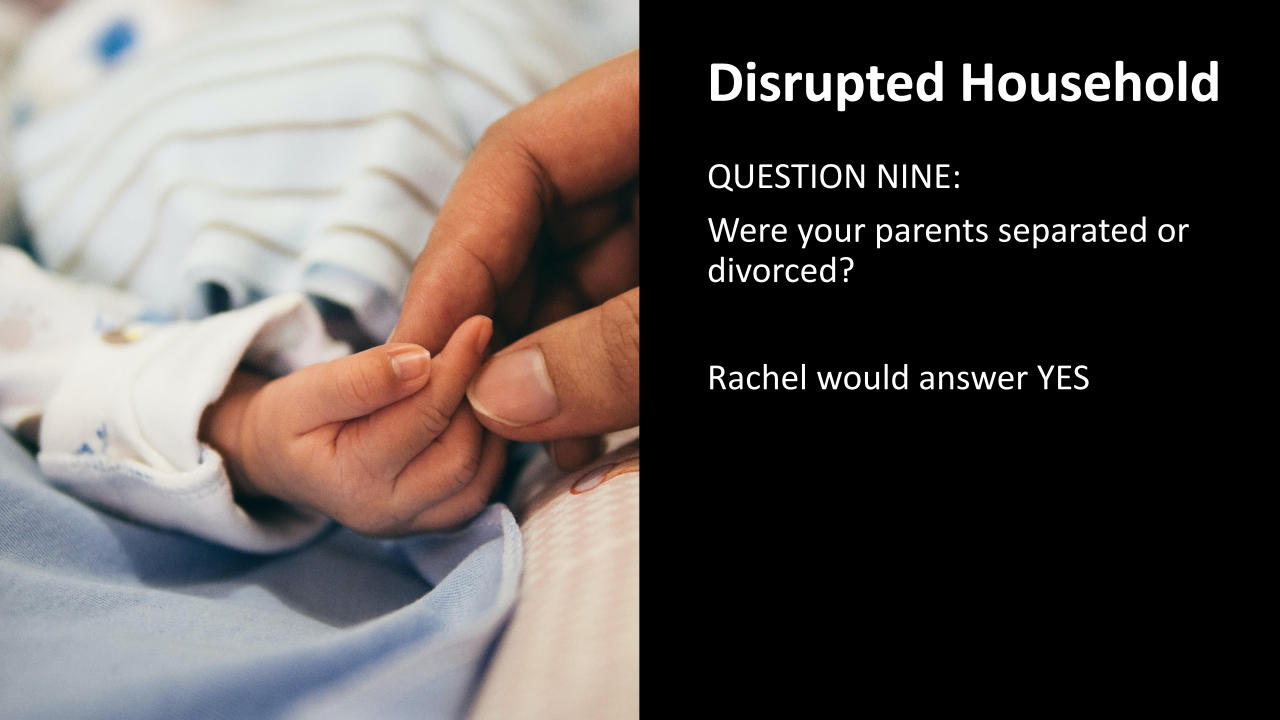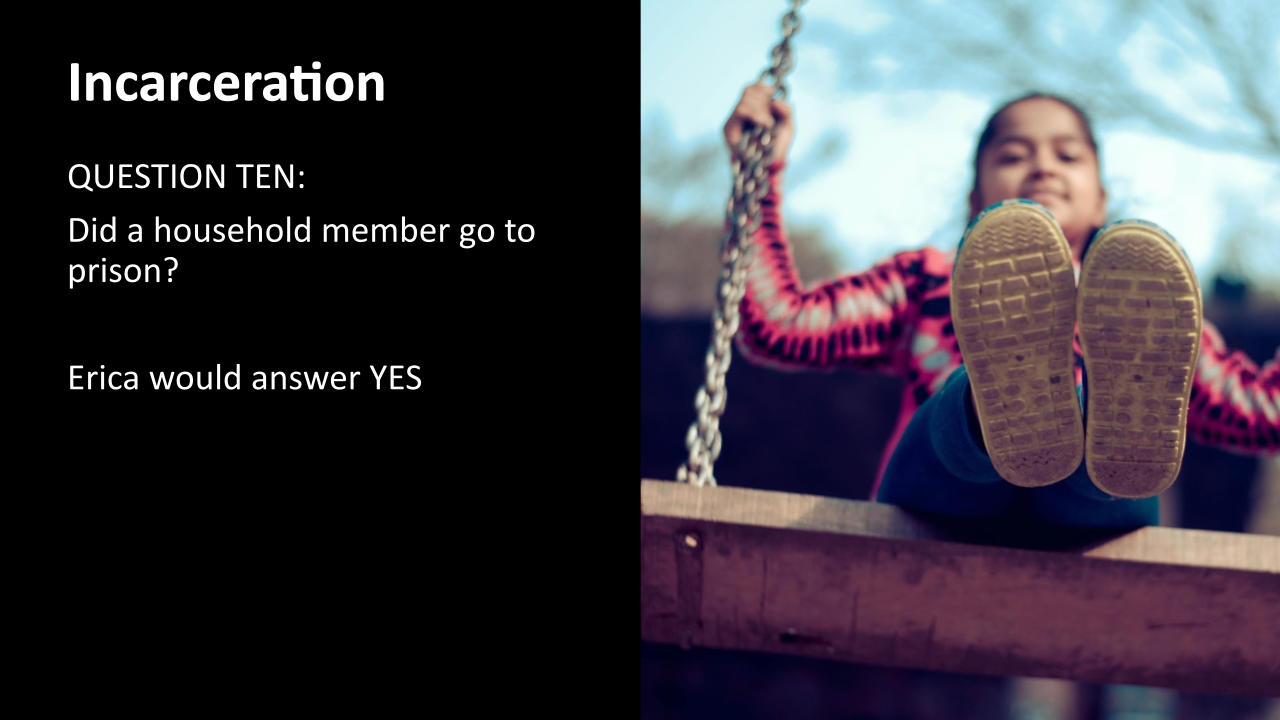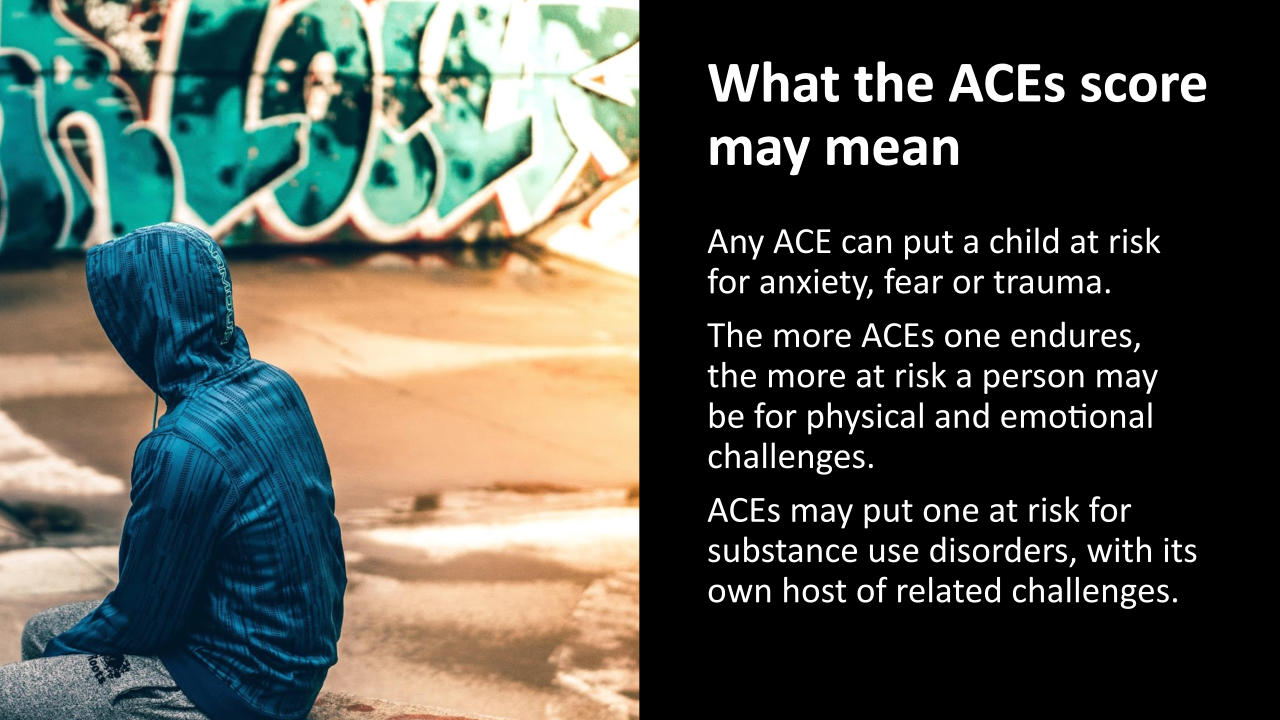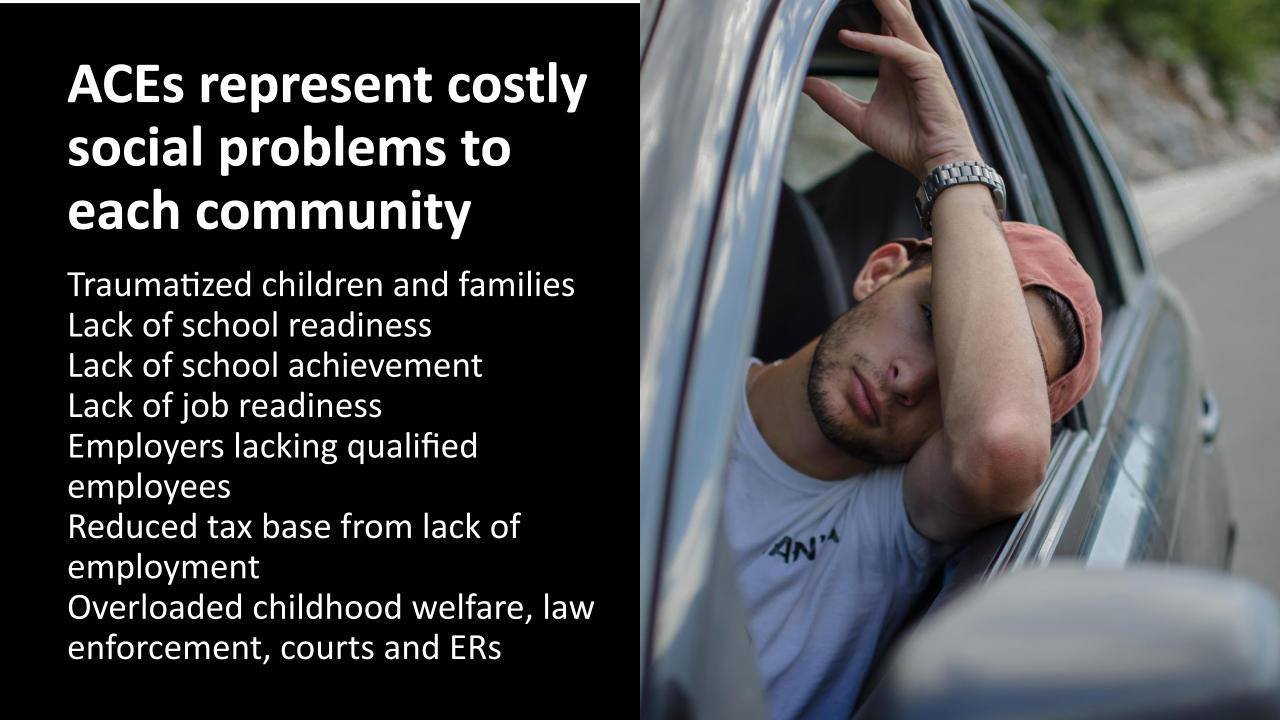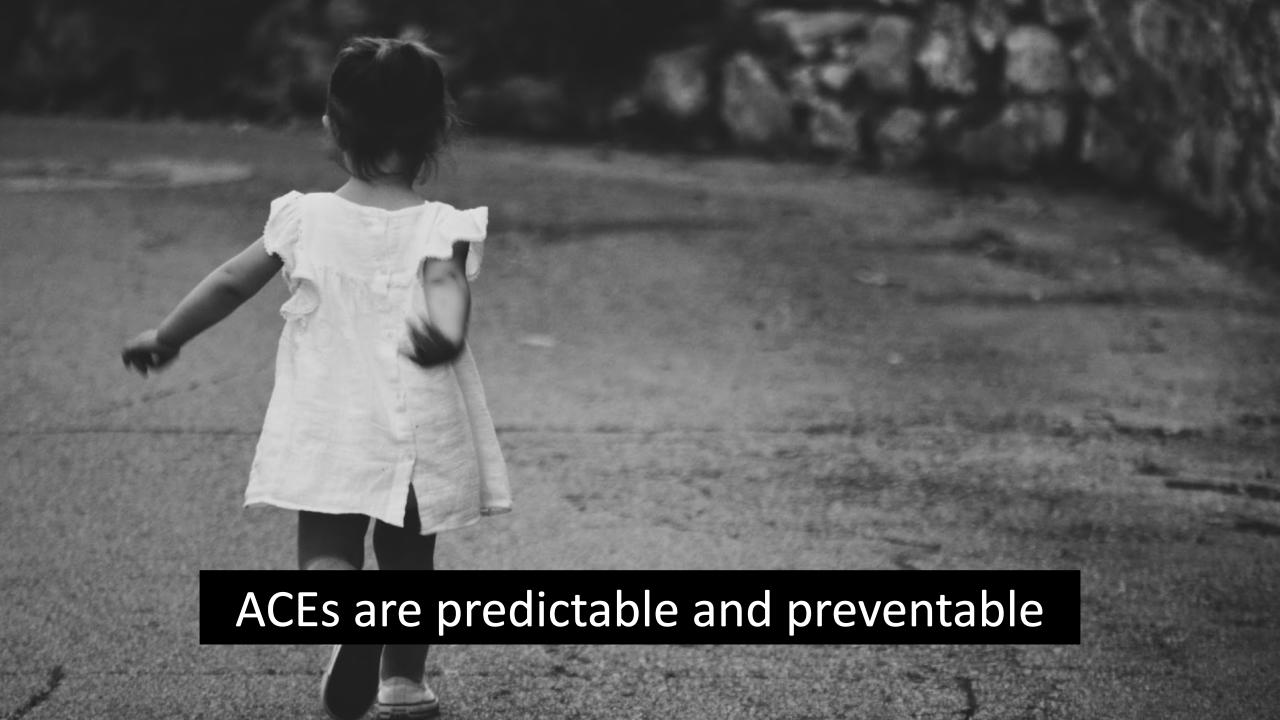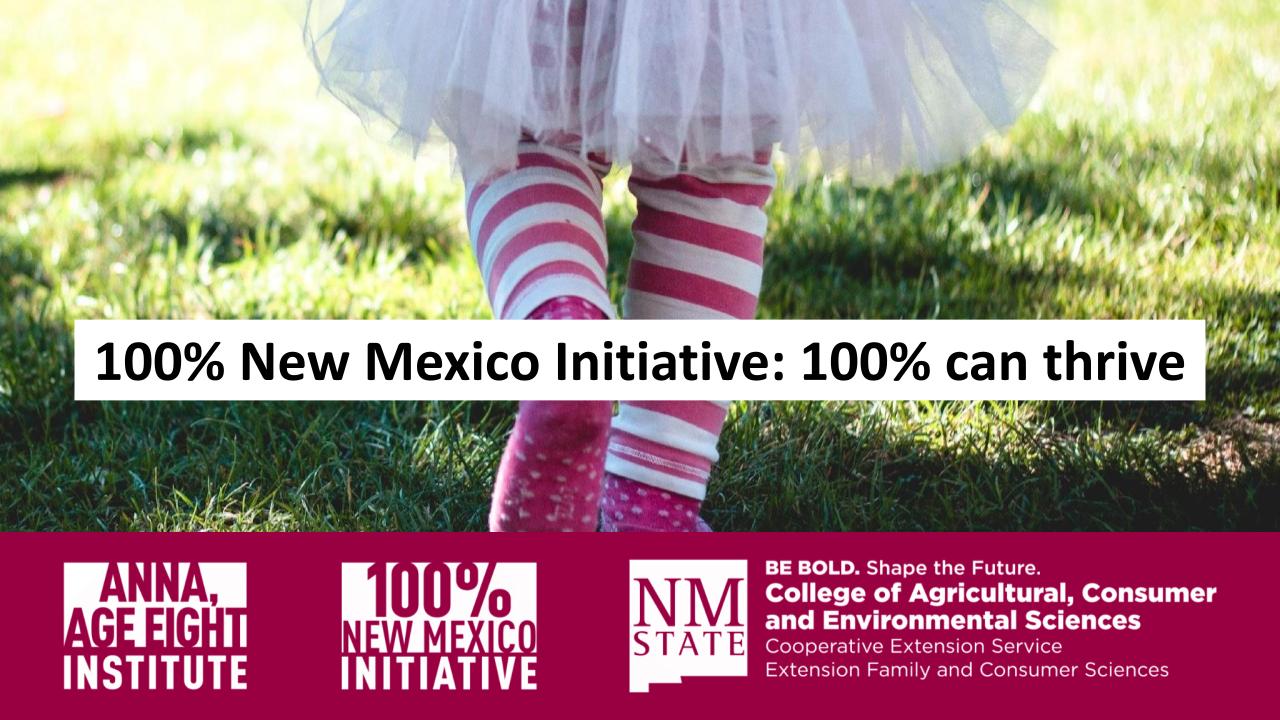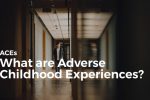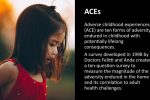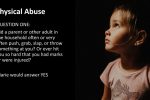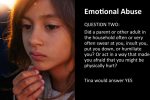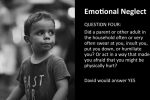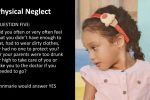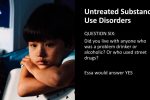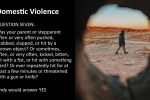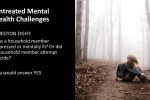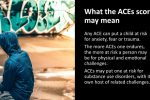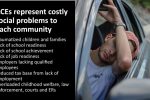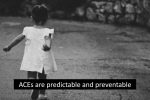Inside
This page provides Los Alamos County residents with an overview of Adverse childhood experiences (ACE) and potential health challenges associated with ACEs-related trauma in children and students, as well as untreated trauma in parents and caregivers.
UNDERSTANDING ACEs AND TRAUMA
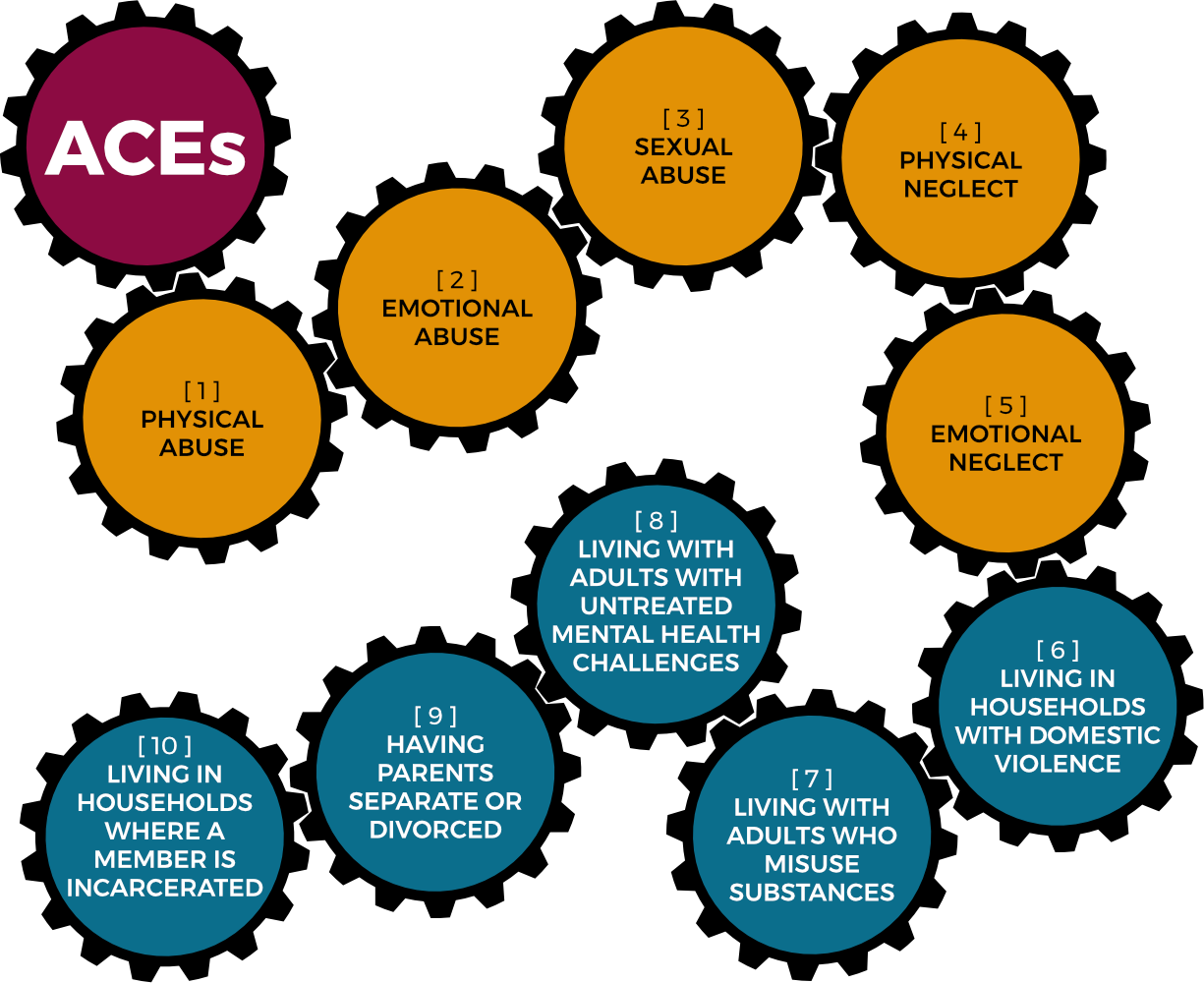
Image 1. ACEs: The ten forms of adverse childhood experiences (ACEs) endured in the home that can lead to trauma in children and untreated trauma in parents and other adults in the household.
We have known for decades that our children endure various forms of adversity, abuse, neglect and trauma. Since the publication of the original ACEs Study by Doctors Felitti and Anda in 1998, thousands of research articles have been published describing the magnitude and severity of ACEs, including evidence-based prevention and treatment efforts for all family members. The challenge is to confront this epidemic of adverse childhood experiences that diminishes the lives of our most vulnerable residents and dooms many families to lives of costly ACEs-related health challenges.
A BEAR IN THE WOODS: UNDERSTANDING TRAUMA
For children living in unsafe homes with parents unequipped to parent, an adverse childhood experience can be like confronting a bear in the woods. Our fight or flight response engages in order to survive. Most of us run from the bear. This is not an option for our children enduring ACEs. This fight or flight response, a short-term strategy that saves us from a bear is not one we are designed to live with constantly. Children were not designed to live in constant fear in their homes, wondering each day if an attack is coming. For our students, those with ACEs will spend far more time worrying about what awaits them at home than doing math homework.
There may be costly short, intermediate, long-term and lifelong health, safety and learning and work-related consequences for enduring ACEs and the potential trauma it can cause. The more ACEs endured, the more likely one is to suffer through childhood, the teens and adulthood. ACEs can lead to emotional and physical challenges.1, 2. including increased mental illness3, 4, stresses on the child welfare and legal system5, 6, school dropout and underemployment8, substance misuse9, and negative impact on employers.10
REFERENCES
- The Adverse Childhood Experiences (ACE) Study. Felitti et al.1998. https://aae.how/314
- The Lifelong Effects of Early Childhood Adversity and Toxic Stress. Shonkoff, et al. 2012. https://aae.how/315
- ACEs and the risk of depressive disorders in adulthood. Chapman, et all. 2004 https://aae.how/316
- The relationship between ACEs and mental health in adulthood. De Venter, et al. 2013. https://aae.how/317
- The economic burden of child maltreatment in the US and implications for prevention. Fang, et al. 2011. https://aae.how/318
- The prevalence of adverse childhood experiences (ACE) in the lives of juvenile offenders. Baglivio, et al. 2014. https://aae.how/319
- Education Brief: ACEs for Educators and Stakeholders, The Illinois ACEs Response Collaborative, Health and Medicine Research Groups. https://aae.how/320
- The Consequences of Dropping Out of High School. Sum, et al. 2009. https://aae.how/321
- New Mexico Substance Use Epidemiology Profile https://aae.how/322
- Relationship between ACEs and unemployment among adults from five U.S. states. Liu, et al. 2012. https://aae.how/323
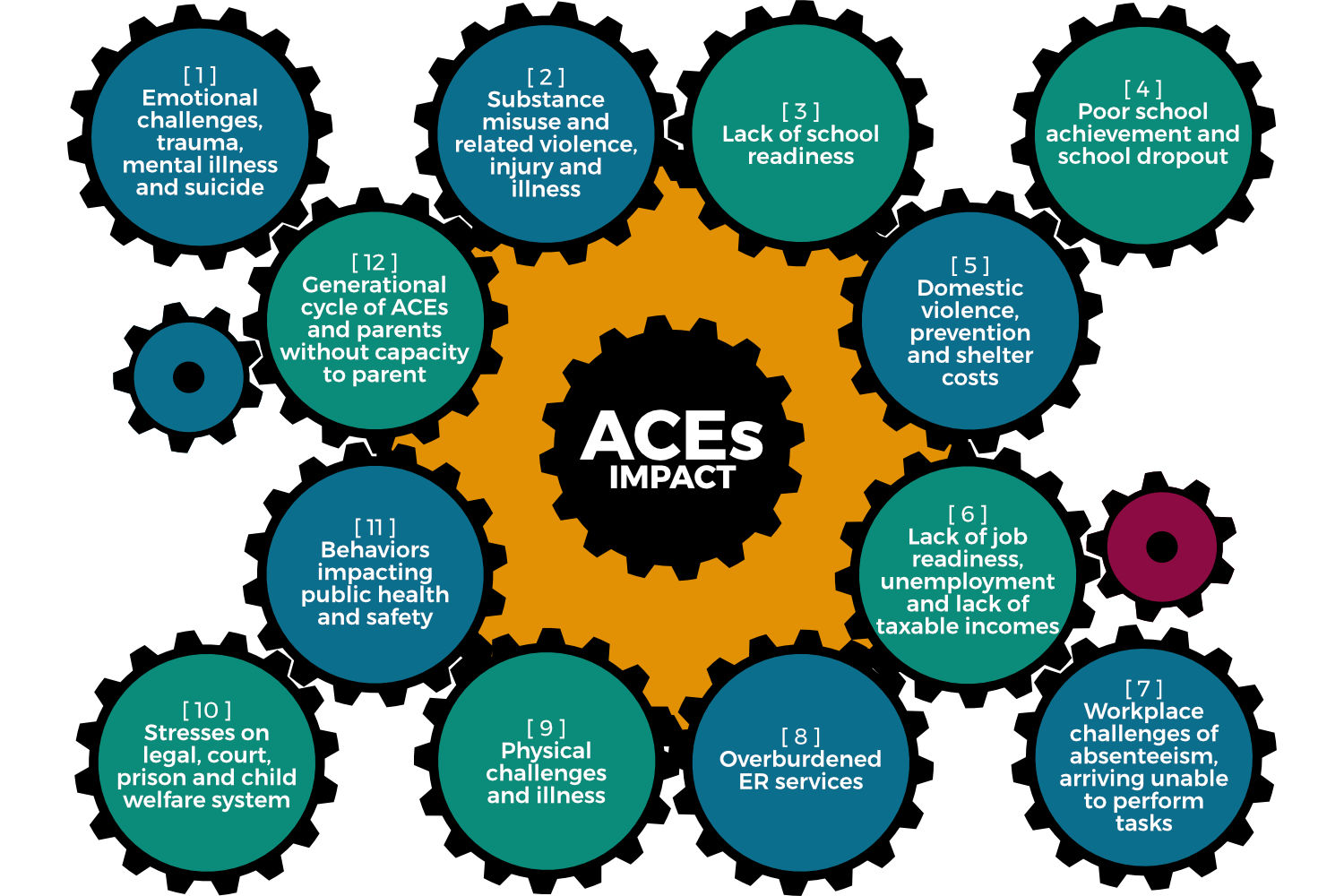
Image 2. ACEs-related challenges. ACEs can impact our health, safety, capacity to learn, be job-ready and perform at work.
OUR ACES SCORE HELPS US UNDERSTAND OUR PAST TO IMPROVE OUR FUTURE
The ACEs survey, developed by Doctors Felitti and Anda, was designed for adults to take. In recent years, decades after the original ACEs Study, there is now an “ACEs app” that teens use to do a self-assessment. The survey results do not determine a person’s health outcomes yet they can warn people of risks for health challenges, such as substance use disorders, that might exist due to a high ACEs score. If adults or youth have any questions about ACEs survey results, they should contact a health care provider.
Our prevention strategy for ACEs is ensuring that every family has access to the ten vital services for surviving and thriving shown to create healthy and safe households. This includes timely access to medical and mental health care services. The first step in the 100% New Mexico model is assessment. In order to improve access to ten vital services, we must first have a clear idea of how our residents are doing. On the Spotlight on the County page you will find data that reflect the social determinants of health and overall picture of the county residents’ health and safety.

Image 3. The magnitude of ACEs: The 2009 phone survey of adults by the NM Department of Health identifies rates of ACEs.
A groundbreaking and comprehensive strategy
One of the biggest challenges preventing adverse childhood experiences (ACEs) is that they represent ten different adult behaviors impacting children and teens. Each ACE may have its own root causes, impact and prevention and treatment efforts. In order to design a data-driven strategy to prevent and treat ACEs, we will benefit from taking a deep and long dive into the research. The research articles offered here are focused on specific ACEs and are primarily from peer-reviewed journals. They can provide ongoing professional development, research, analysis of best practice, and promotion of community dialogue and attention focused on educating all providers and residents about the emotional and financial costs of ACEs.
It is worth noting that while ACEs exist in rural and urban environments and among all socio-economic groups, local public acknowledgement of the magnitude of ACEs may differ based on community norms. Familiarity with research on ACEs-related topics is the most effective way for an organization to develop a countywide prevention and treatment strategy.
Our strategy is far more comprehensive than being trauma-informed, which is a very valuable practice but one of intervention, not prevention. Our work is focused on going upstream, providing the vital family services shown to prevent ACEs before they happen.
